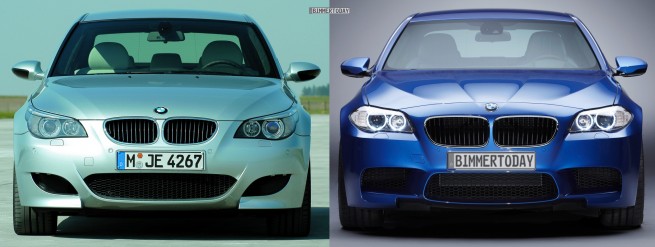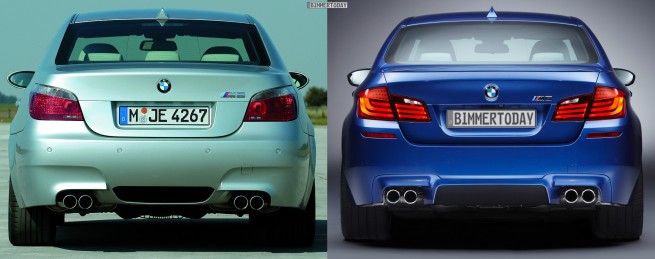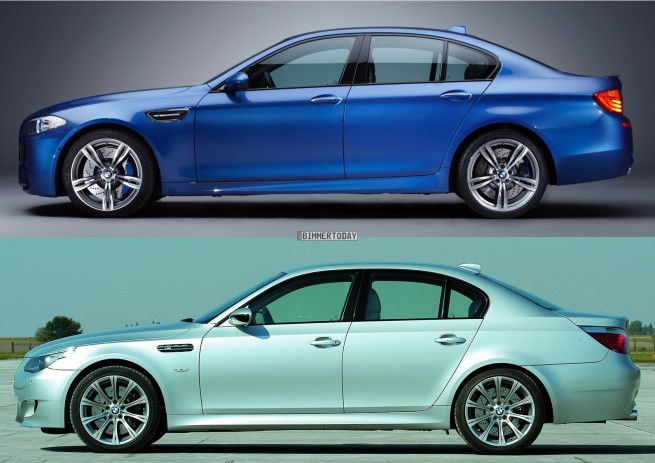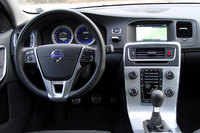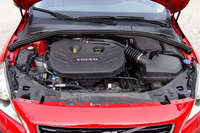The five-seat Honda CR-V sport utility vehicle is well-mannered and easy to drive, comfortable to get into and attractive without being flashy. Best of all, it keeps earning awards.
Three months ago, for example, the CR-V was named top crossover/compact SUV in dependability by J.D. Power and Associates. The dependability study surveyed recent owner-reported problems with 3-year-old vehicles.
The CR-V is a recommended buy of Consumer Reports magazine, where its predicted reliability is "better" than average.
And, through the first five months of this year, the CR-V is the second best-selling SUV in the United States, with sales up 35 percent from the year-ago period and topping 95,400. Only the Ford Escape has more SUV sales this year.
For 2011, the CR-V formula remains the same and relatively simple. There's one engine -- a four cylinder -- and one transmission -- an automatic. There are just a handful of trim levels and few options because many features, including all safety items, are standard.
Buyers can't get a V-6 in the CR-V as they can in the Ford Escape. They can't get a third row of seats as they can in the Toyota RAV4. And they cannot find a 2011 CR-V with manual transmission.
Starting MSRP, including destination charge is $22,705 for the base, 2011 CR-V with two-wheel drive, 180-horsepower, four-cylinder engine and automatic transmission.
This base model includes standard remote entry, chrome-colored grille and window trim, heat-rejecting window glass, floor mats, a rear seat that folds down and out of the way in three pieces and other items that can be extras on other vehicles. The lowest-priced 2011 CR-V with four-wheel drive is $23,955.
In comparison, the base 2011 Chevrolet Equinox comes with 182-horsepower, four-cylinder engine, automatic transmission and two-wheel drive starts at $23,805. The lowest starting retail price for a 2011 Equinox with four-wheel drive is $25,555. The 2011 Toyota RAV4, starts at $23,285. A base RAV4 has two-wheel drive, 179-horsepower, four-cylinder engine, automatic transmission and two-wheel drive. A 2011 four-wheel drive RAV4 has an MSRP, including destination charge, of $24,685.
The CR-V has a typical sport utility shape and is styled without an overtly masculine look, though it doesn't look like a cute sport "ute," either.
Entering via one of the four passenger doors is not cumbersome, with passengers tending to set themselves on the seat cushions without having to climb up or lower themselves.
Rear-seat passengers get decent views out because rear seat cushions are up a bit, theater-style, from the front seats. Rear seats go fore and aft on tracks, too, and the rear floor is nicely flat.
The driver has a tilt and telescoping steering wheel plus seat controls to get comfortable, and the high ride height gives good views out over cars and through other SUVs' windows.
Steering had a mainstream feel in the test CR-V 4WD EX-L, and the turning circle of 37.8 feet made for comfortable U-turns.
The 2.4-liter, double overhead cam four cylinder engine has Honda's i-VTEC system for valve control to get the most performance and mileage out of the gasoline.
And on flat roads and in city traffic, the CR-V performed admirably. But on highway uphill climbs and when I suddenly floored the accelerator, I could hear the engine buzzing hard and the power came on steadily, not immediately. Torque peaks at 161 foot-pounds at 4,400 rpm, so it's not a forceful feel of thrust in the CR-V.
But the five-speed automatic shifted smoothly. Note there is no manumatic shift-for-yourself mechanism in the CR-V.
I got 21.6 miles per gallon in 65 percent city driving and 35 percent highway, with a range of some 320 miles on a single tank of regular. But this was less than the combined 23-mpg rating of the federal government for the 2011 CR-V, which includes 21 mpg in city driving and 27 mpg on the highway and a range of 350 miles.
And there are many other small-to-compact SUVs that have higher government ratings. As examples, the 2011 Equinox is rated at 22/32 mpg, while the 2011 RAV4 is rated at 22/28 mpg.
I liked the size of the CR-V, which maneuvered well into compact parking spots.
Road noise can be fatiguing. I heard every manhole cover that the 17-inch tires rode over. I didn't notice much wind noise, however.
Passengers and I felt many road bumps, too, mostly as mild to moderate vibrations. On potholed, uneven roads, the CR-V's firm suspension kept the vehicle buttoned down, but there was some side-to-side jostling of passengers in the seats as the vehicle's tires moved through the dips and bumps.
Controls were within easy reach inside the CR-V, and fit and finish inside and out on the test vehicle was excellent. The CR-V still has a retractable middle tray between the front seats, but the top-of-the-line EX-L comes with a more regular center console that still offers good room for purses.
Flat cargo space measures 35.7 cubic feet with the back seats in use and grows to 72.9 cubic feet with the rear seats moved out of the way. These are larger than the cargo space in the Ford Escape but less than the RAV4 with two rows of seats.
Both two- and four-wheel drive models of the 2011 CR-V are rated four out of five stars in overall crash testing by the federal government after earning four out of five stars in frontal and side crash protection. This is better than the three out of five stars in overall crash testing that the 2011 Toyota RAV4 received.
Copyright 2011 The Associated Press. All rights reserved. This material may not be published, broadcast, rewritten or redistributed.












